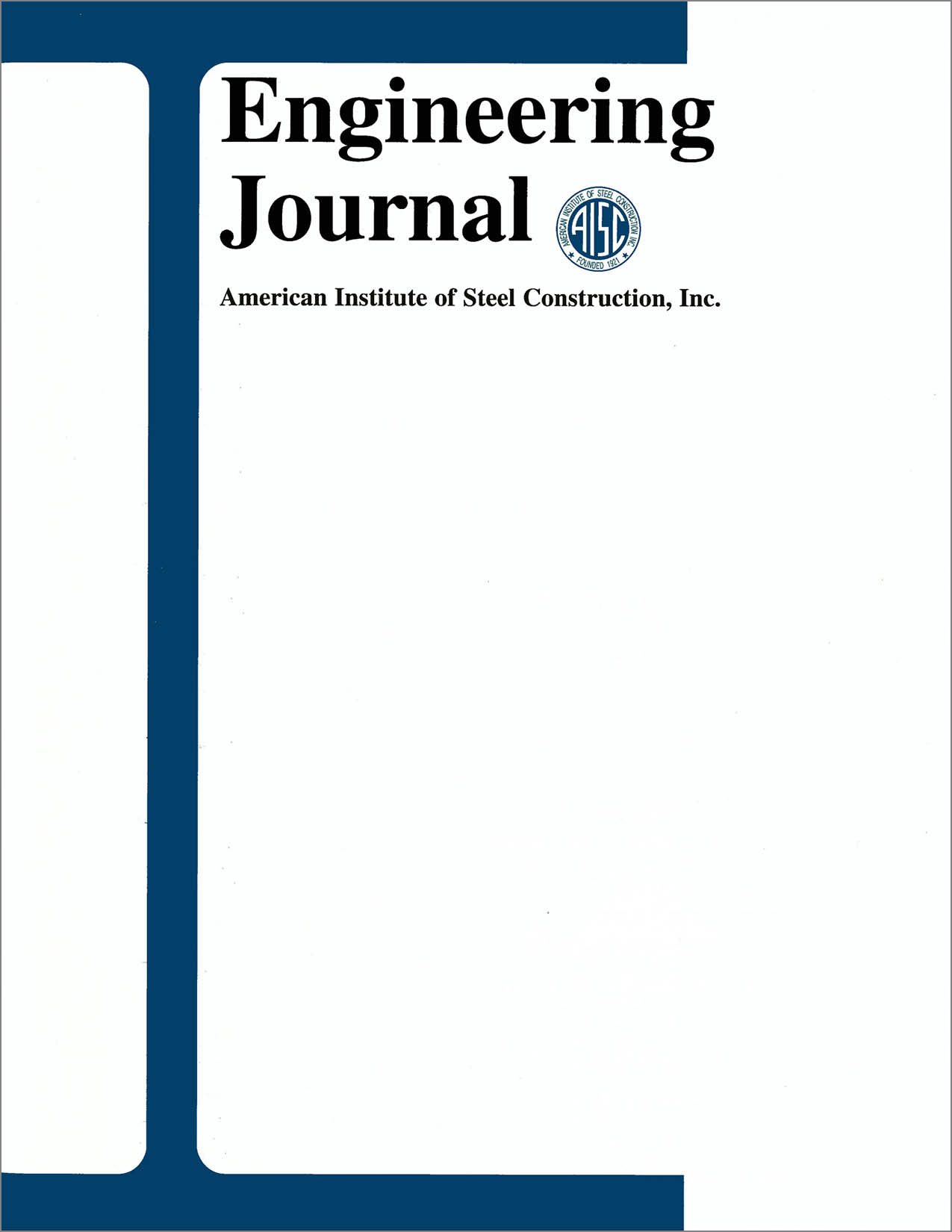Effect of Straightening Method on the Cyclic Behavior of k-Area in Steel Rolled Shapes
DOI:
https://doi.org/10.62913/engj.v41i1.822Abstract
Test results from a study investigating the effect of rotary-straightening on the cyclic behavior of k-area in rolled column shapes are presented in this paper. A total of five full-scale steel moment connections were tested. The first three specimens did not use continuity plates and a doubler plate; the only variable was the method of straightening of the columns (rotary-straightened, gag-straightened, and non-straightened). To increase the potential for fracture, a 1-in. diameter hole was drilled in the k-area of the column at the bottom flange level of the beam. Continuity plates and a doubler plate were used for the last two specimens - one with a rotary-straightened column and another one with a non-straightened column. The first three specimens all failed by fracture of the column flange outside the panel zone at large drift levels. No clear pattern indicating that rotary-straightening induced fracture was observed. Brittle fracture, which initiated from the beam web weld access hole, occurred at 6 percent drift for the last two specimens. Although this study did not reveal adverse effects created by rotary-straightening, it is prudent to avoid welding in the k area.

